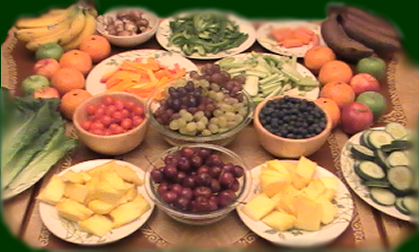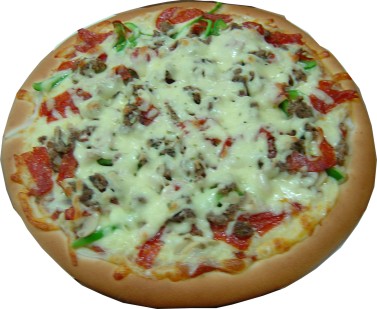The Truth About Food Combining, Hold On Tight

The Truth About Food Combining There is so much nutritional information out there and I think that, in some respects, there may actually be too much information, especially on the internet.
People who don’t have a lot of nutritional knowledge are being bombarded with all kinds of conflicting opinions about all kinds of diets and nutritional strategies and it can be confusing at best and downright dangerous at worst.
Among the concepts that are confusing people today is the strategy of food combining.
I was recently asked by a fan on my Facebook page if I thought that food combining was important.
I answered the question on my YouTube channel and it wasn’t a short answer.
It definitely wasn’t the “yes” or “no” answer he may have been hoping for.
In fact, it took me a full ten minutes to address his question.
The reason for that is that food combining can be an important and very effective strategy, but only for the people who are ready for it.
Food combining is an advanced nutritional strategy, not a tool for nutritional beginners.
Let me explain this by giving you an analogy:
The Indy 500 can be a great place to make your reputation as a race car driver, but not while you’re still building your car.
Then it’s just a great place to make your reputation as a crash test dummy.
By the same token, entering into an advanced nutritional strategy when you don’t have a good nutritional foundation is a waste of time, motivation, and energy.
Nutritional Beginners Don’t Need Food Combining; They Need Food Training
If you’re still a nutritional beginner, you’re not ready for food combinations.
It won’t help you and it could hurt you. 
What do I mean by a nutritional beginner?
Someone who hasn’t been following a balanced nutritional plan or doesn’t know exactly what kind of plan they are following.
You can be pretty advanced in your training and still be a nutritional beginner if you haven’t yet learned what you need to be eating and/or aren’t doing it.
Do you know how much protein you’re eating or how much you should be eating?
Do you know what your caloric requirements are for your current phase of training?
Do you know how to eat so that your hormones are under control?
Can you look at me and tell me what percentages of protein, carbs, and fat you’re eating?
If not, you’re a nutritional beginner.
There’s nothing wrong with that; everybody’s a beginner at some point. I was a beginner. Charles Poliquin was once a beginner.
There’s nothing wrong with being a beginner, but you have to move past that in steps, not blind leaps.
Moving Past the Beginner Stage
You do that by learning and implementing sound nutritional principles.
It’s not enough to know how you should be eating; you also have to be eating that way for a while.
Your diet should be a balanced, healthy diet that is specific to your body, your needs, and your training before you start trying out more advanced dietary strategies.
Otherwise, it’s kind of like trying to build a sandcastle with sand that’s way too wet.
It’s not ready to be molded, carved, or trimmed.
You need to have two very important fundamentals down before you move past the beginner’s stage.
Those are your caloric requirements and your macro requirements.
You need to know exactly how many calories you need to be taking in, depending on your training phase, your body type, whether you’re bulking, cutting or what have you.
You also need to know exactly how much protein you need to be eating, what percentage of your daily diet should be carbs, and how many grams of healthy fat you need.
You need to know these things and you need to be eating according to what you know.
Once you have these things down, then based on your specific needs, you may be ready for food combining.
Using the Concept of Food Combining for Bodybuilders
Once you’ve got your macros and your calories in line, then you can start looking at how to tweak your diet and give yourself an edge, based on your individual goals and training program.
That’s when you can start (with a qualified nutritional advisor or trainer, please) playing with the individual components of your diet to see how you can manipulate your hormones and your neurotransmitters with food combining.
Most of the time, this process is a process of trial and error.
You may remove carbs from your morning meal to see how that affects you.
You may try getting rid of carbs after 5 pm and sticking with proteins and fats at night and so on.
With each step, you’ll evaluate how it affects your mental focus, your energy, your training, and the way your body looks.
You’ll eventually hit on which things work and which things don’t.
Once you’re at this stage of the game, food combining can be a very valuable tool for refining, defining, and ramping up your whole program. But not before then.
By Vince_Del_Monte – Author, No Nonsense Muscle Building